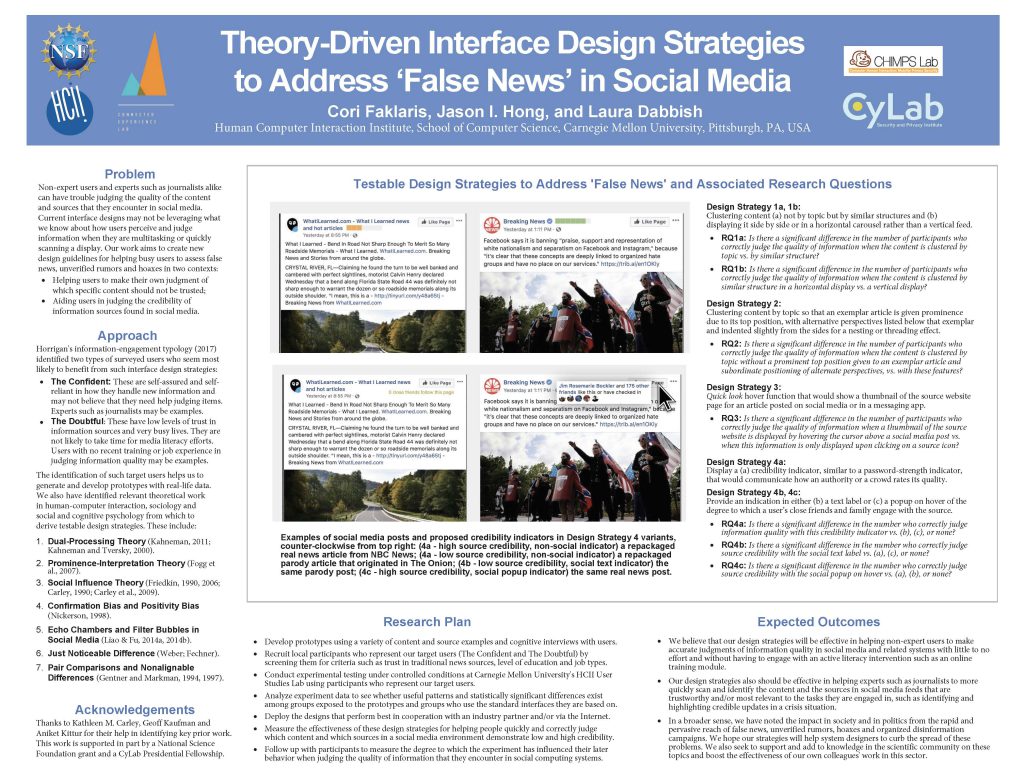Recently, when working with undergraduates to design a new experiment, they told me that they preferred to recruit participants under 40 in order to control for age effects in attitudes toward using technology.
Actually, that’s not quite what they said. “Older people are slower to change to new technologies,” is the quote I remember.
I acknowledged that I had seen “age effects” in my recent research — which I had just asked them to read through, though that summary didn’t include in which direction the age effects were seen. For the pilot study, I conceded that it might be wise to narrow the sampling to an age range that is more easily recruited around a college campus.
But privately, I started wondering – Do I believe, as they apparently do, that older people are usually slower to “get” technology? After all, **I** am older than 40. I could argue that, given my life circumstances as an adult returning student, I am learning new technologies at a **faster** pace than those younger than me simply because I am playing catch-up. But, in my more honest moments, I know I am more set in my ways than when I was 20 or 25. … Except, I might only be set in ways that I’ve learned the hard way from bad experiences, including from technologies that promise more than they deliver, while I stay open to new possibilities. … Except, I’ve known plenty of tech curmudgeons older than me, so I very well might be the exception. Except, …
Continue reading “Age effects: Correlation, causation, and socialization”


